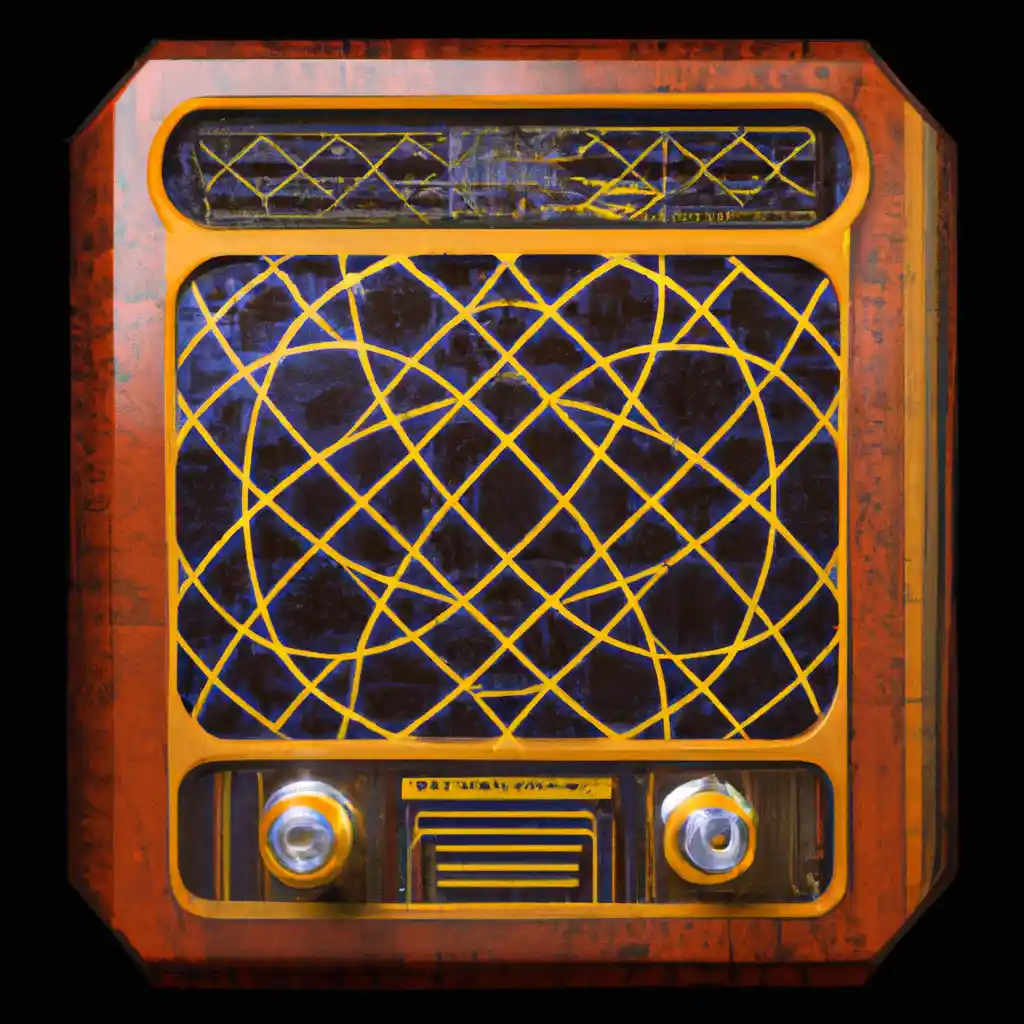Mysterious radio waves have struck Earth after an incredible journey across the cosmos, originating from an event that took place around 8 billion years ago. This event, known as a fast radio burst (FRB), is a brief yet intense flash of radio-frequency electromagnetic radiation. Despite lasting only a fraction of a second, an FRB can outshine nearly all other sources of radio waves in the universe.
Astronomers have traced the source of this particular FRB to what appears to be a merger of galaxies from the distant past, marking the oldest instance of such a phenomenon ever detected. The energy released by this burst in less than a millisecond is equivalent to what our sun emits over three decades. This discovery was made possible through the use of the Australian SKA Pathfinder, a sophisticated radio telescope located in Western Australia, with further location pinpointing conducted by the European Southern Observatory’s Very Large Telescope in Chile.
Fast radio bursts are enigmatic in nature, with their origins and causes still largely a mystery to scientists. However, the immense energy involved in these events, comparable to microwaving a bowl of popcorn twice the size of the sun, suggests they are among the most extreme occurrences in the universe. The leading hypothesis posits that FRBs may originate from hyper-magnetized neutron stars, known as magnetars, which are the dense remnants of dead stars.
Interestingly, FRBs are not only powerful but also relatively common, with an estimated 100,000 bursts occurring across the universe every day. However, only a fraction of these have been detected and traced back to their source galaxies. This rarity makes each detection significant, offering valuable insights into the extreme conditions and events that take place in the cosmos.
The study of FRBs also provides an opportunity to explore the vast expanses of space between galaxies, known as intergalactic plasma. As these radio waves travel through the cosmos, they interact with this plasma, offering clues about the distribution of matter in the universe. This matter, which constitutes most of the normal, observable matter in existence, has been difficult to detect by other means and is often referred to as “missing.”
This recent detection of an FRB originating from a time when the universe was roughly half its current age not only pushes the boundaries of our understanding but also opens new avenues for studying the early universe and the mysterious phenomena that occur within it.








